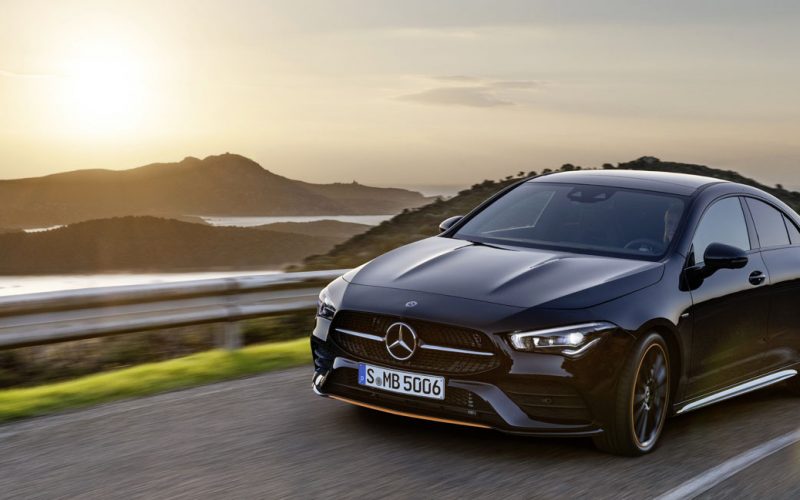
Reading Time: 10 minutesMercedes’ CLA has been a strong seller in its subcompact luxury segment since being introduced to
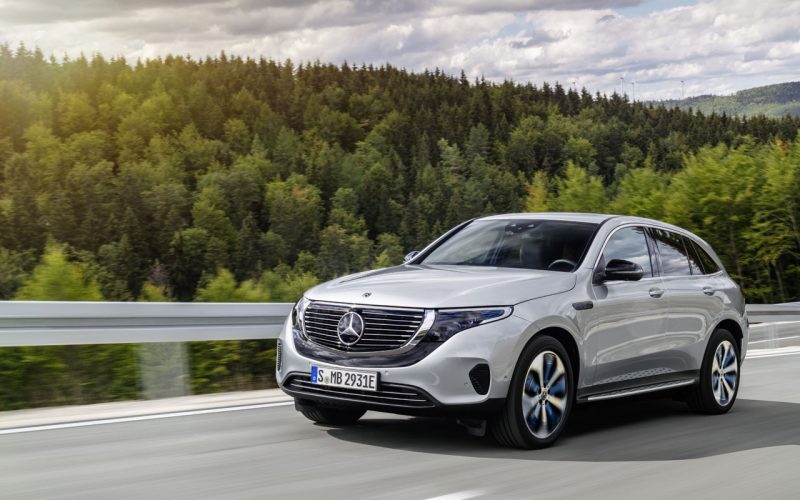
Reading Time: 9 minutesWith Tesla hemorrhaging from its inability to hit Model 3 build targets (have you noticed the
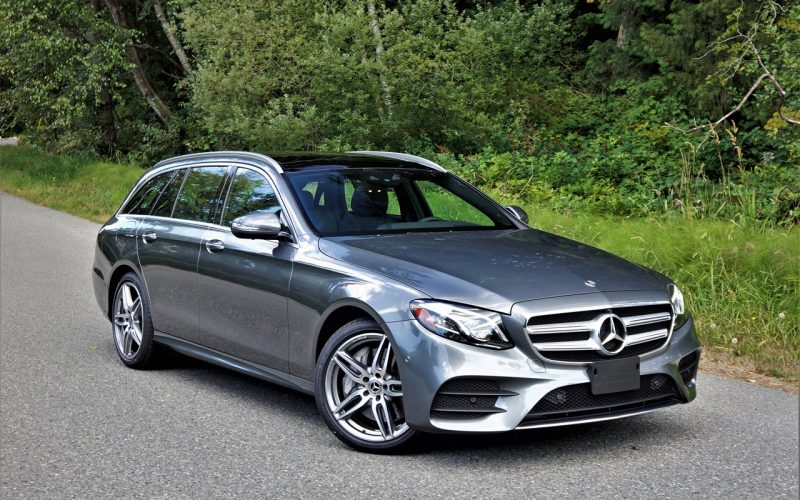
Reading Time: 11 minutesSport utilities might be all the rage these days, but there’s a select group of discerning
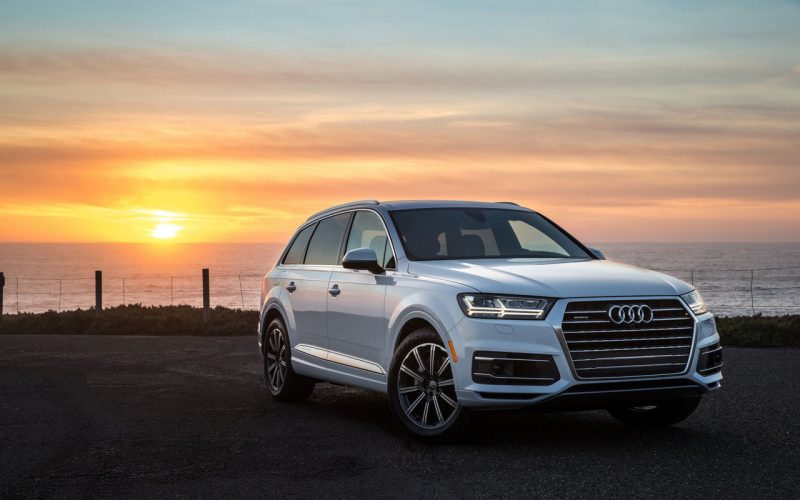
Reading Time: 4 minutesAudi and Subaru have been named best Mainstream Brand and best Premium Brand respectively in ALG’s
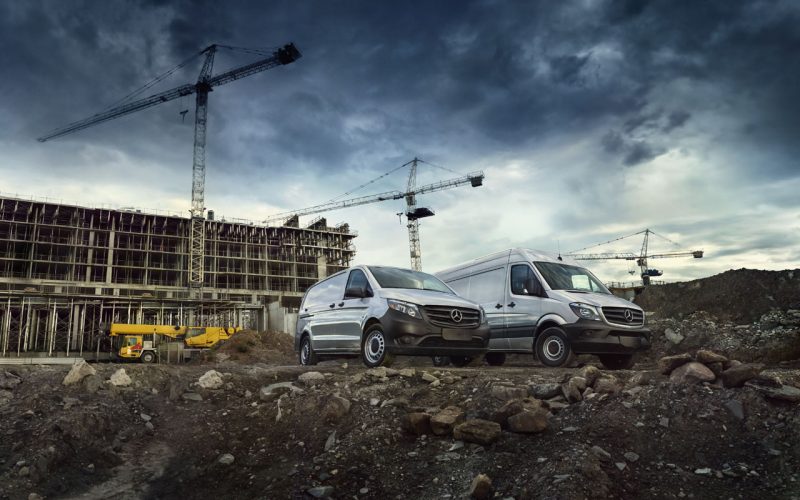
Reading Time: 4 minutesA news story that may have passed under the radar this year saw Mercedes-Benz once again
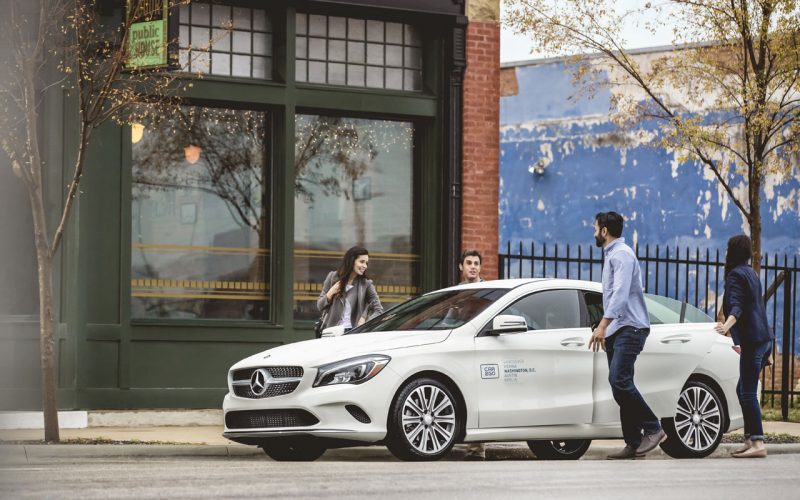
Reading Time: 4 minutesDid you attend last night’s Killers concert in Vancouver or the Jimmy Eat World show in
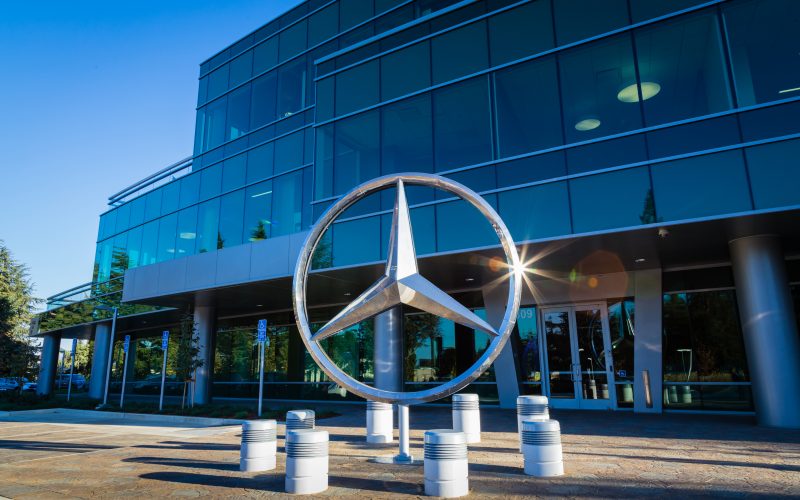
Reading Time: 2 minutesAfter a report issued by Daimler on May 10th stating it would no longer be selling